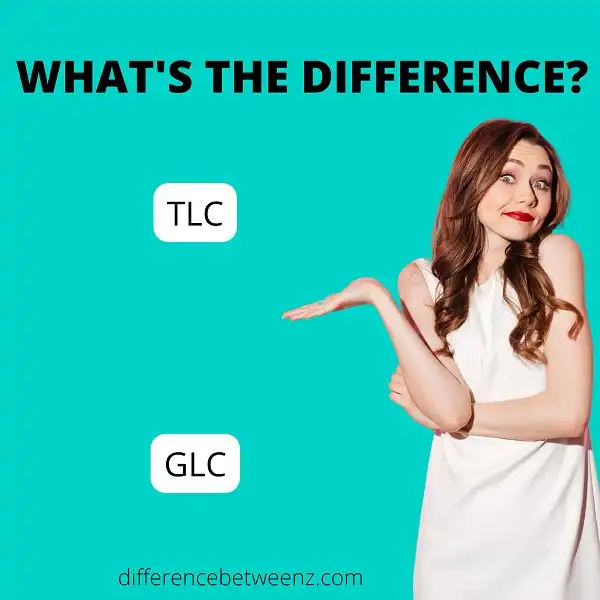Thin layer chromatography (TLC) and gas-liquid chromatography (GLC) are both analytical methods used to separate and identify compounds. They are both very effective techniques, but they achieve different results. In this post, we will compare and contrast these two methods, so you can understand the difference between them.
What is TLC?
TLC is an acronym for thin-layer chromatography. This technique is used to separate and analyze compounds that are dissolved in a solvent. TLC plates are coated with a thin layer of absorbent material, such as silica gel or alumina.
The plate is then placed in a solvent, and the compounds will travel up the plate at different rates depending on their solubility. TLC can be used to identify unknown compounds, determine the purity of a sample, or monitor the progress of a reaction. This technique is simple and relatively inexpensive, making it a popular choice for many applications.
What is GLC?
- GLC is a type of chromatography used to separate gases or vapors. In GLC, the mobile phase is a gas and the stationary phase is a liquid coating on an inert solid support.
- GLC is used to analyze mixtures of volatile compounds, such as those found in petroleum products and food flavorings. GLC can also be used to determine the purity of a single compound.
- GLC operates on the principle of partitioning, which occurs when different compounds in a mixture interact differently with the gas and liquid phases. When GLC is used for analytical purposes, a detector is used to detect the compounds as they elute from the column. GLC is an important tool for chemists, who use it to purify compounds and identify unknowns.
Difference between TLC and GLC
TLC and GLC are both chromatography techniques that can be used to separate a mixture of compounds. TLC is typically used for smaller mixtures, while GLC is better suited for larger mixtures.
- TLC works by using a thin layer of sorbent material, such as silica gel, to Adsorb the compounds in the mixture. The mixture is then applied to the sorbent material and allowed to dry.
- Once dry, the sorbent material is placed in a chamber containing a solvent. The chamber is then sealed and heated, causing the solvent to vaporize. As the solvent vaporizes, it carries the compounds in the mixture with it, resulting in the separation of the compounds.
- GLC works similarly but uses a column packed with sorbent material instead of a thin layer. This allows for greater separation of the compounds in the mixture.
Conclusion
So what’s the difference between TLC and GLC? In short, TLC is better for detecting small amounts of compounds in a sample, while GLC is better for separating complex mixtures. If you need to know the specific compound concentrations in your sample, or if you have a complex mixture that needs to be separated, then GLC is the way to go. Otherwise, TLC will do just fine for most applications.


